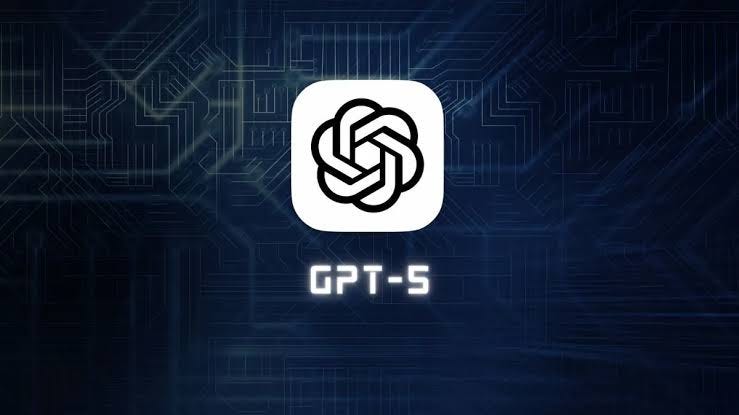One of the ways OpenAI is trying to democratize AI is by introducing open weather checkpoints through its next model, which represents a compromise between open-source and closed SaaS and could potentially change the way startups and enterprises create AI.
Open-Weight and Open-Source
Anyone may share, edit and redistribute open-source code. In an open-weight model, you are supposed to be able to download the learned parameters of the neural network, not necessarily training data, precise recipe, or brand name. Imagine that you are stealing a completed cake without the secret list of ingredients of that bakery. You may cut it or top it with frosting or sprinkles, but you must comply with a license that prohibits the harmful application or rebranding of a model.
The reasons why OpenAI is doing it.
There were three pressures at work. To begin with, other labs, such as Meta and Mistral, have established successful communities of developers through the free distribution of checkpoints. Second, governments want more openness into how frontier models think and think wrong. Third, enterprise customers prefer not to run generative AI on vendor hardware due to concerns about privacy and cost. An open-weight release allows OpenAI to answer any of the three without exhaustively releasing its training pipeline.
Licensing Possibilities
We look forward to a permissive-plus license. The use is likely to be without charge in cases of basic research, education, and small businesses. Commercial uses that exceed revenue or user limits may require a financial seat, and off-limits uses, such as bioweapon design, disinformation, and mass surveillance, will be strictly prohibited. Most importantly, the reallocation of altered weight is also likely to necessitate relaying the same regulations that ensure the ecosystem remains in tandem with the OpenAI safety guardrails.
The Opportunities Developers Have
By downloading the weights, there will be no throttled API calls, and price hikes will no longer be expected. You can optimize at the local level using domain-specific data, compress layers to fit on a single GPU, or embed the model into an offline mobile app. You can reduce latency, as data never has to leave your network, and creative hacks, such as quantizing to eight-bit or adding multimodal adapters, can be explored.
Big Enterprises implication
The model will be operated by banks, hospitals, and military suppliers within secure data facilities, and this will please regulators who frown upon cloud uploads. Strict audit logs and custom fine-tuning will enable such firms to demonstrate how every answer was produced, thereby reducing compliance headaches by a factor of 10.
Due to the changed landscape, there is a need to review and update the list of cultural changes.
With its initial open-weight model, OpenAI has established an intermediate position: not so open that innovation ensues, but not so closed that safety intentions are compromised. For both small and large builders, the industry gate to greater customization, openness, and ownership is about to swing wide open, and the entire industry is taking note today.



